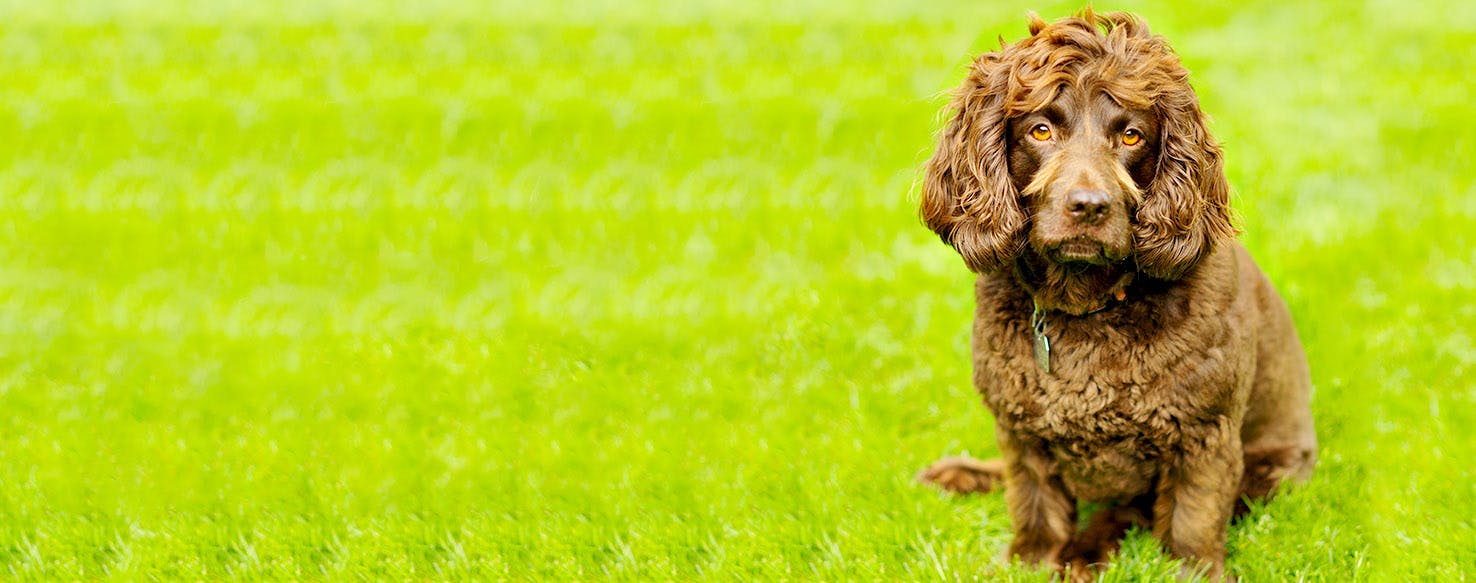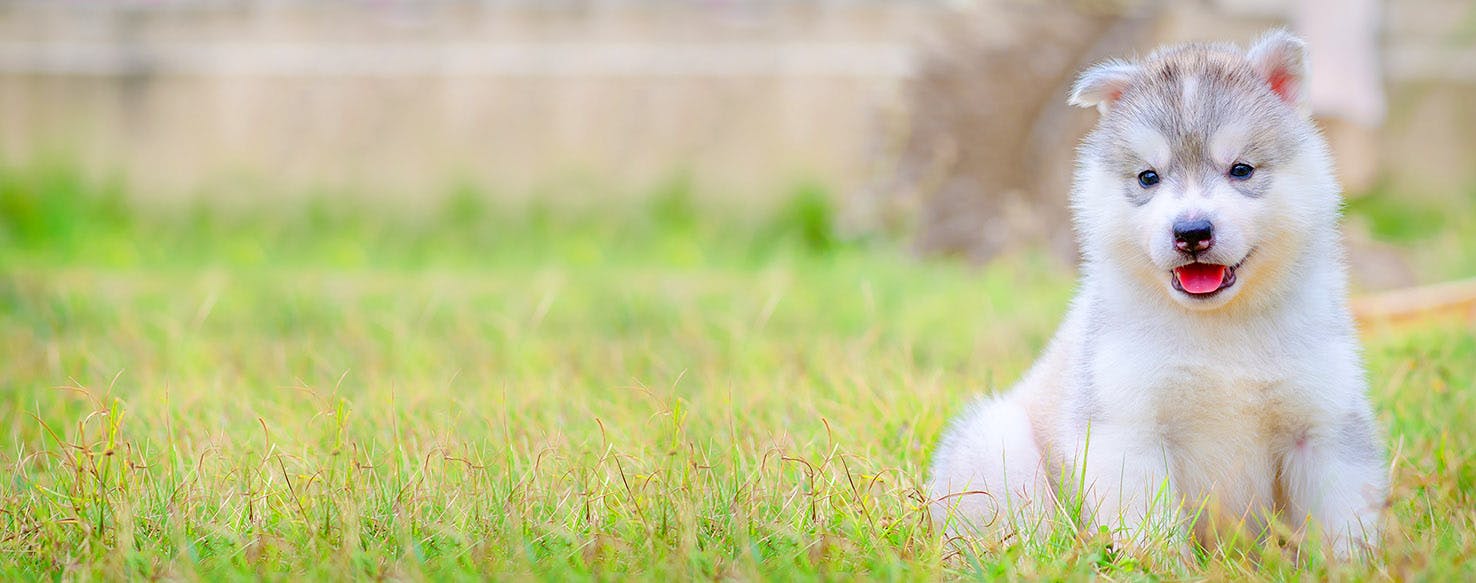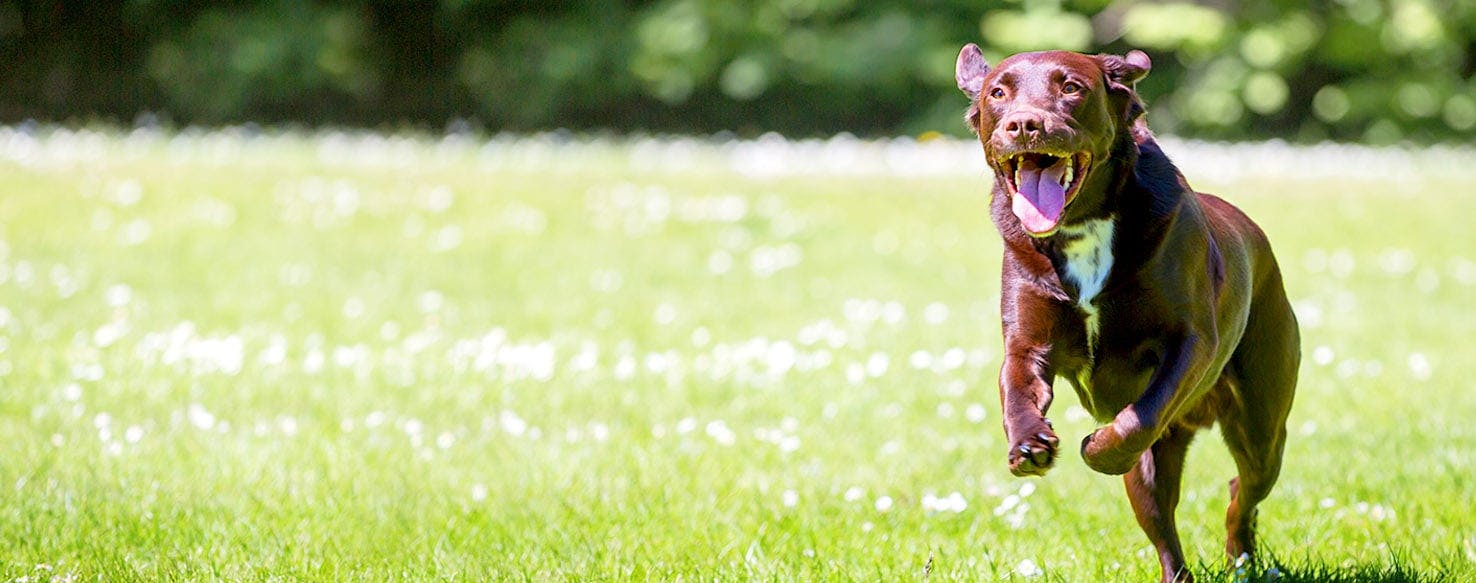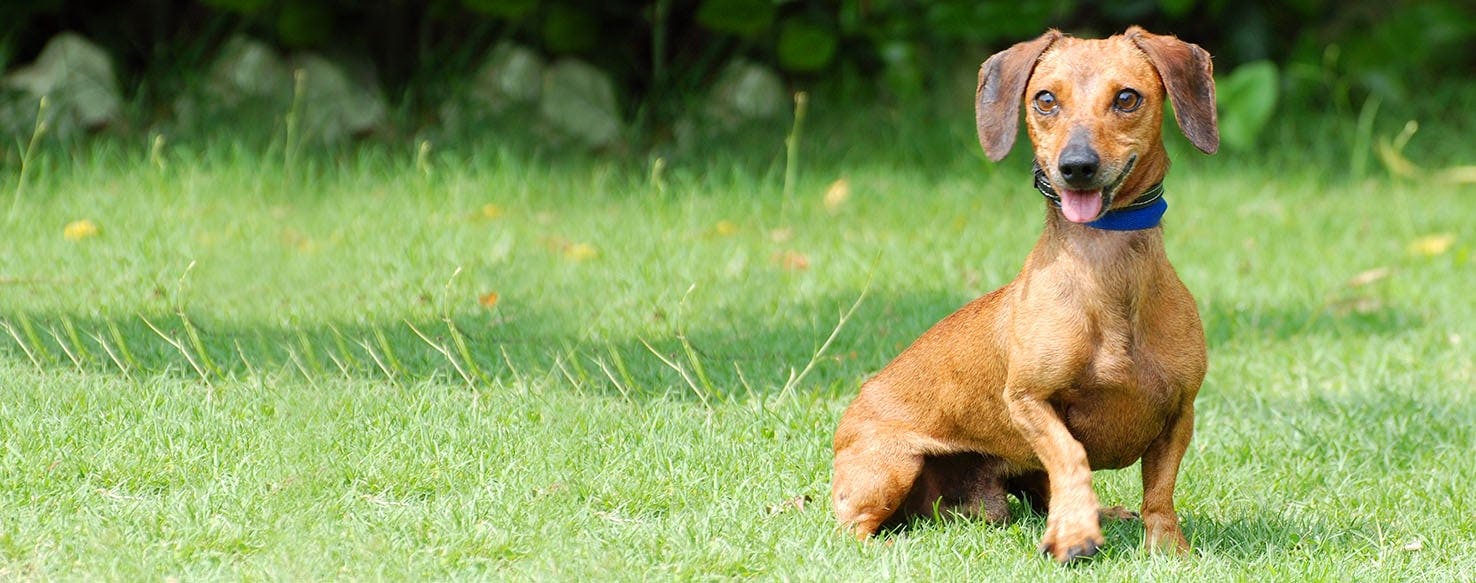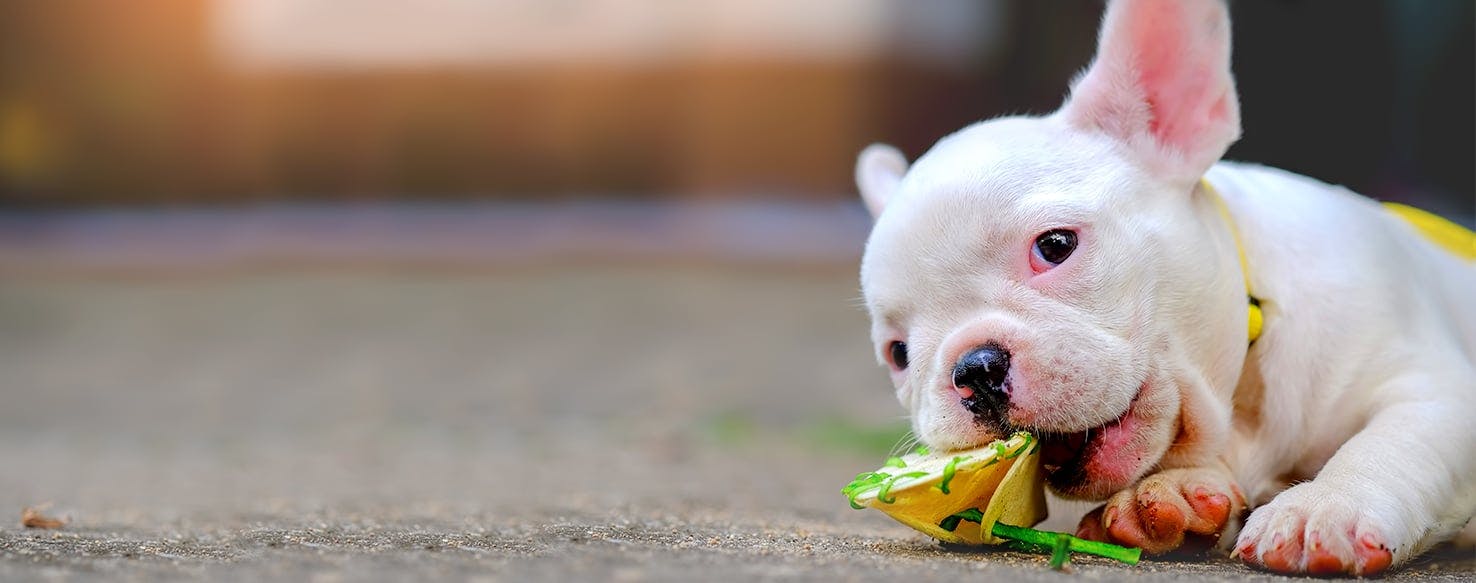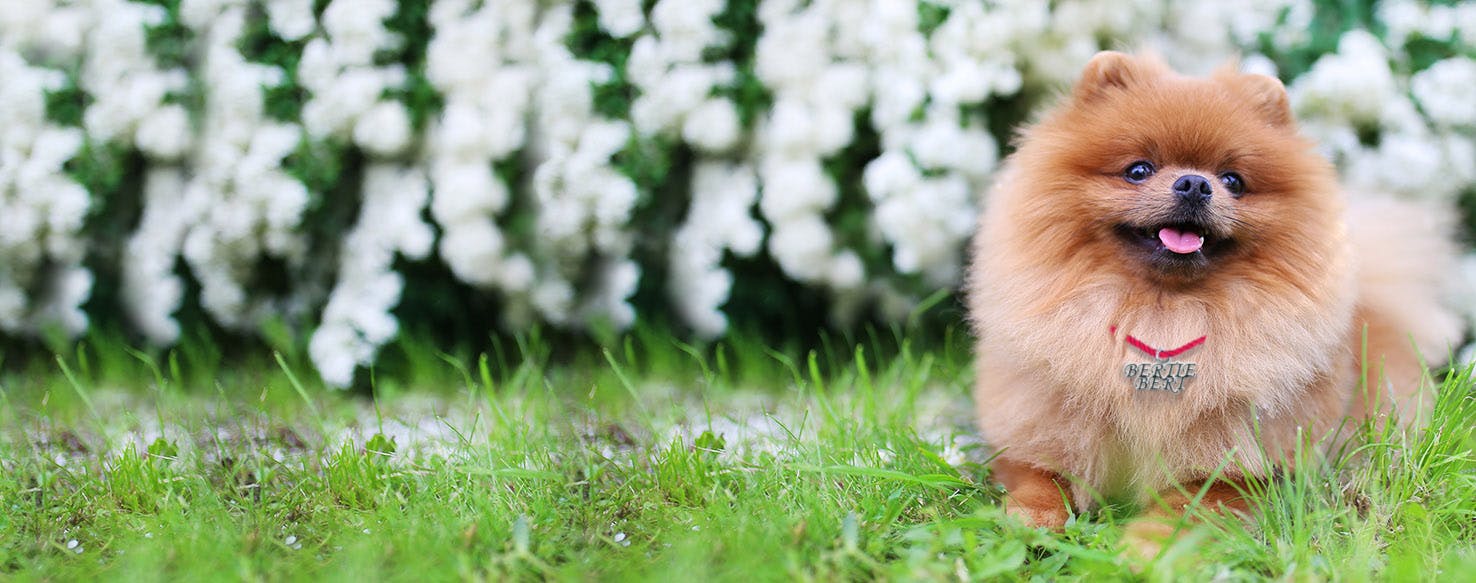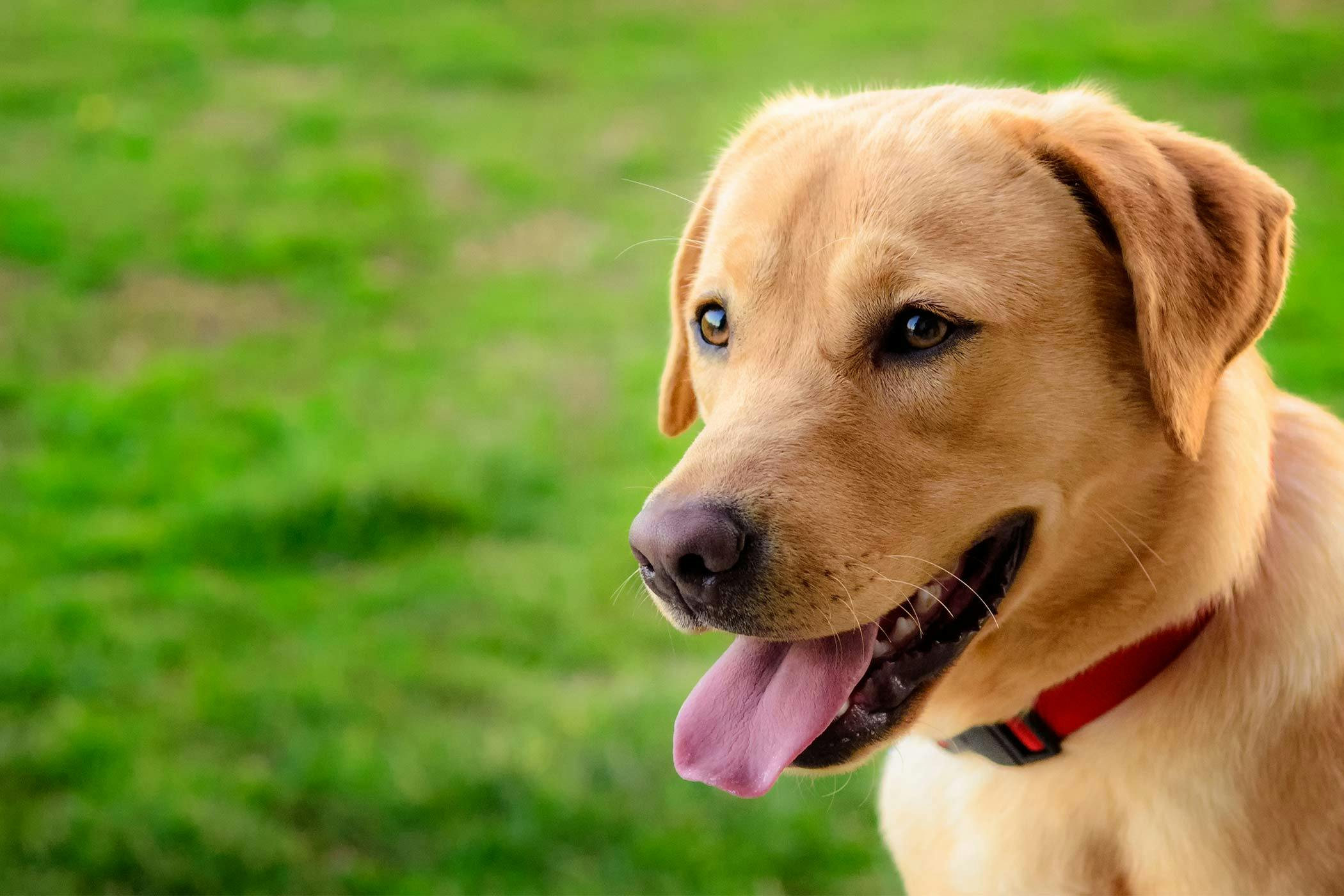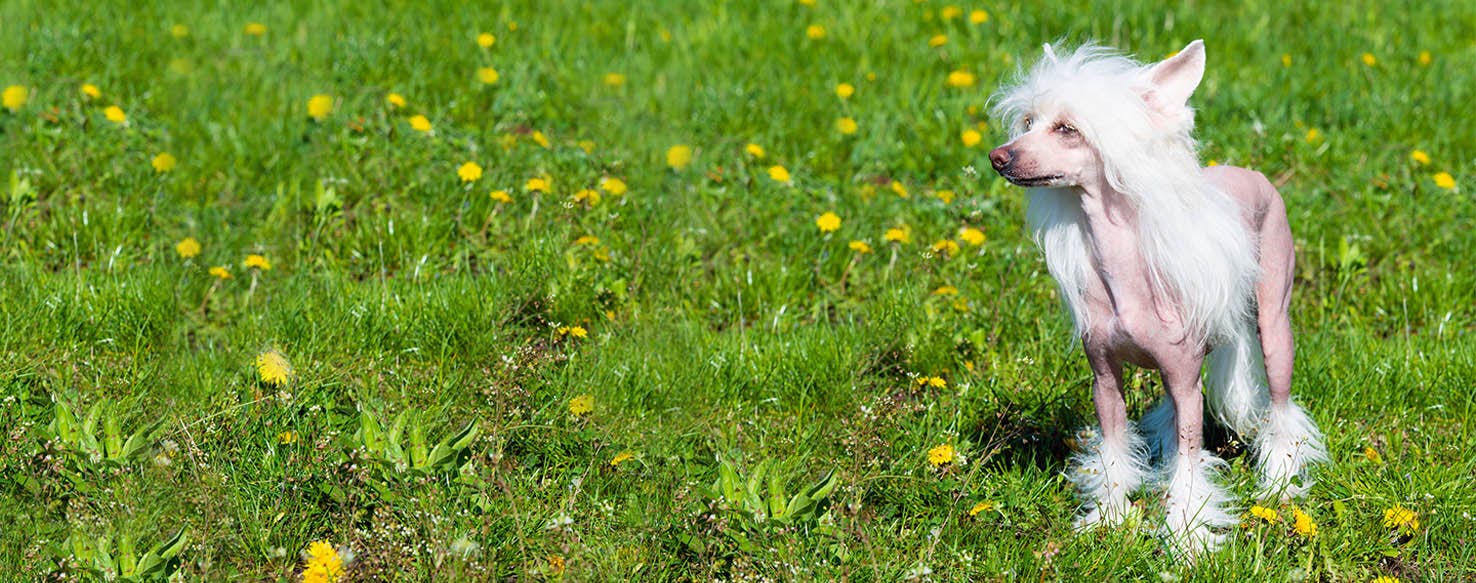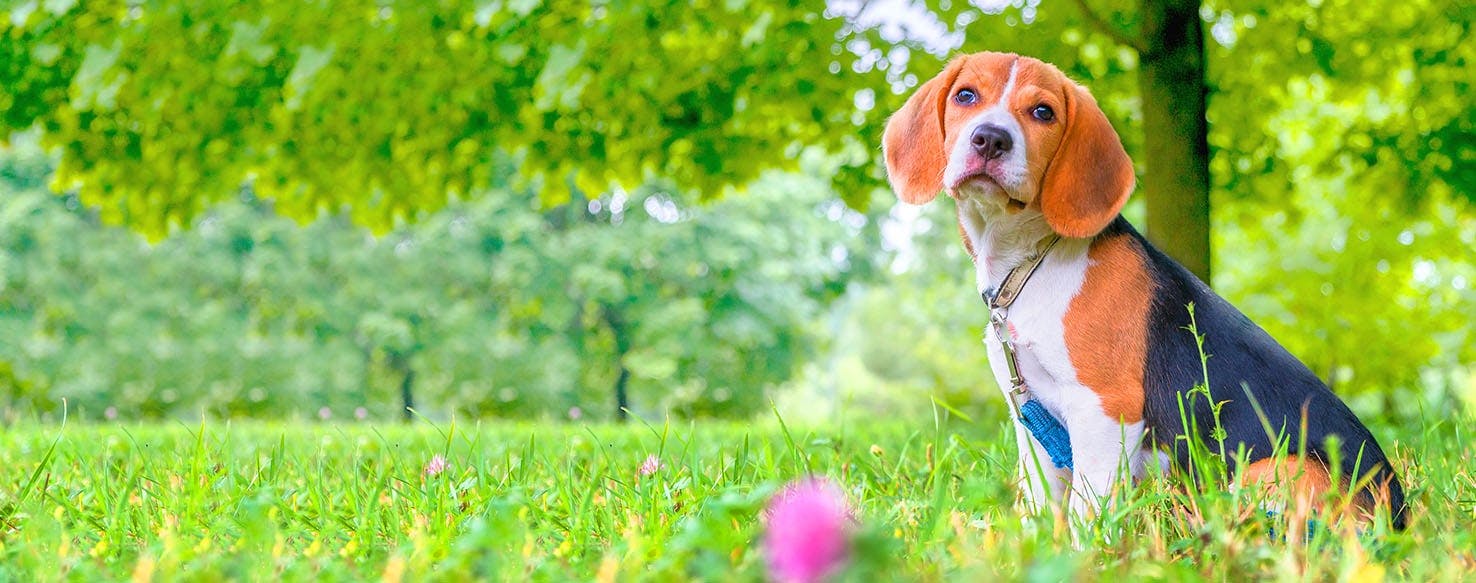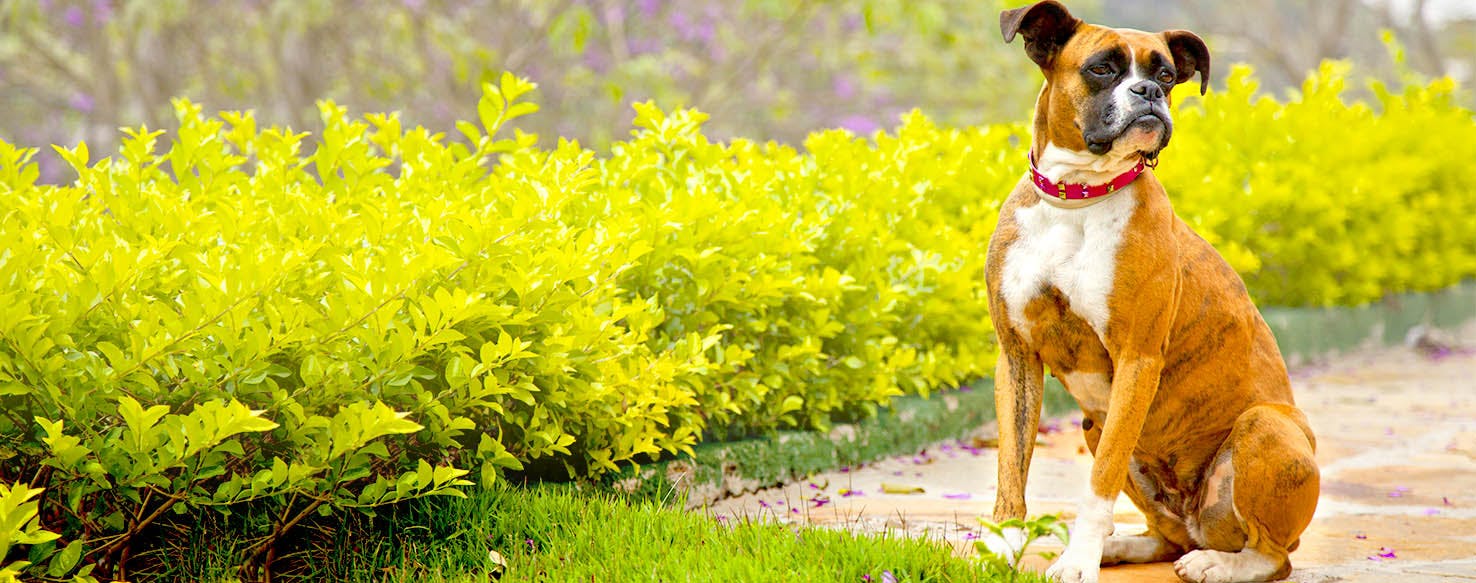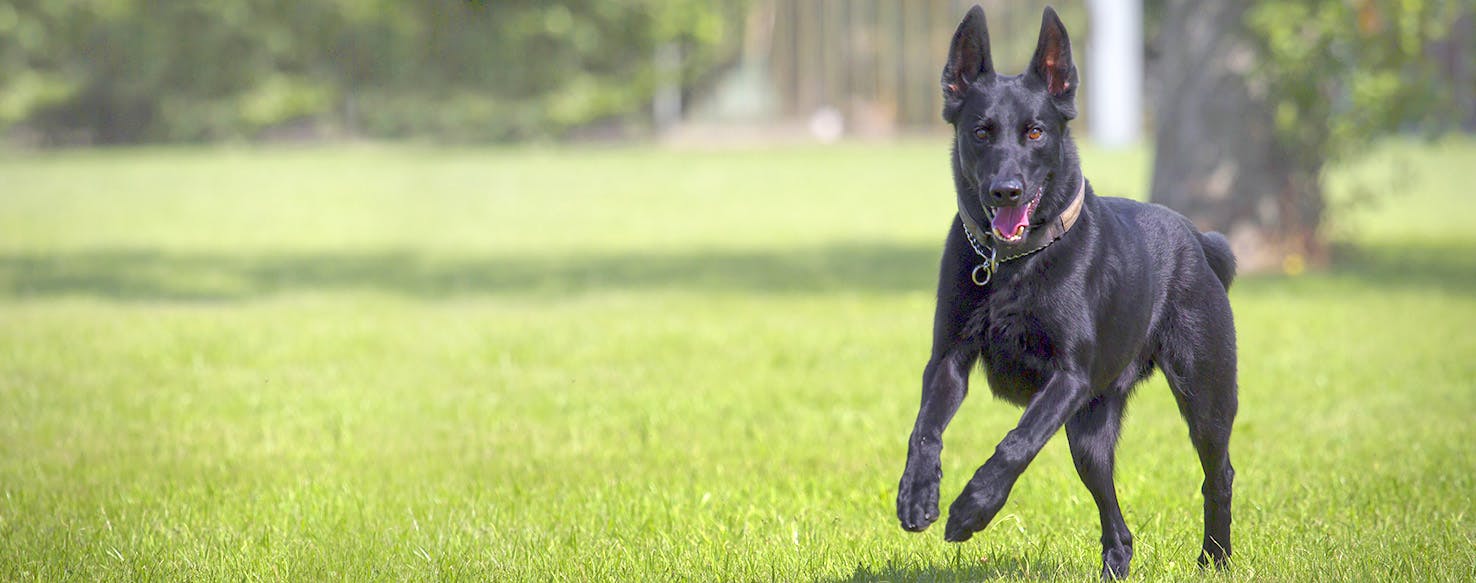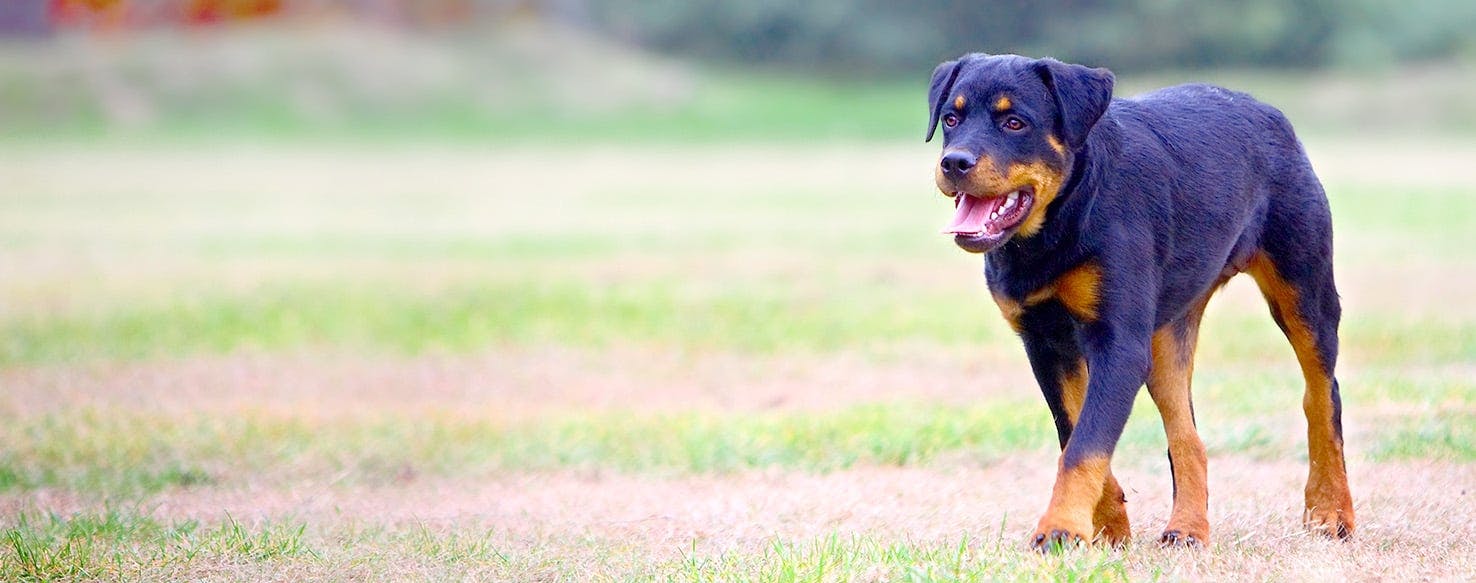Introduction
When it comes to classic literature, few reach as far back into history and revel in satire as thoroughly as Gulliver’s Travels or its true but lesser known full title, Travels into Several Remote Nations of the World. In Four Parts. By Lemuel Gulliver, First a Surgeon, and then a Captain of Several Ships. As a great literary work, it shows incredible creativity — especially for the times — and in turn, highlighted many important social issues through the use of humor. Of course, for our purposes, it doesn’t hurt that it’s also filled with some of the most unique and ridiculous names ever put on paper, so eat your hearts out dog-namers.
Gulliver's Travels Inspired Dog Names in Pop Culture
For centuries — literally, Gulliver’s Travels was published in 1726 — scholars and literary experts have been dissecting Jonathan Swift’s work, attempting to isolate and define what made his writing so popular and effective. In essence, it has seemed to boil down to the fact that Swift was highly-efficient with the use of satire, his humor a basis for poignant mockery of many of the attitudes, beliefs and ideals that existed at the time of the book’s conception and in turn, provided significant social commentary.
Part of the reason the books/stories of Gulliver’s Travels worked so well are because of the dynamics he instilled in each respective narrative, many of which directly deal with the relationships between species, races, size and even government bodies.
For instance, in the second book, when Gulliver is forced to shore to find water and instead finds an island of giants, he ends up becoming what many would consider a “pet”: following his master’s orders, having a caretaker since he cannot fend for himself and not unlike dogs bred for show, is exhibited to others as a curiosity. Many scholars believe Swift did this to provide some humorous insight into how we treat “lesser beings”, who, despite their difference in size and mental capacity, are on an even playing field when it comes to animalistic qualities. He makes the point even further point by introducing a dog that carefully carries Gulliver back to his master/caretaker after he’s left in the Palace Gardens, making the point that other animals are often more careful and attentive than humans are at times.
In the third book, he exploits this idea again by having a so-called “scholar” who is searching for completely useless knowledge test his bellows on his dog, which turns out to be quite catastrophic, again showing the regard human beings as a whole hold for other species.
He makes his final point in the fourth book, in which Gulliver again becomes a pet, this time to the Houyhnhnms, a race of sentient horses, while human beings, or at least something similar, are depicted as deformed creatures with archaic instincts and visceral natural vices — not unlike how we treat how dogs clean themselves and what they eat — and he is treated accordingly because of it.
In all, through the use of canine characters and the dynamic between master and pet (or at least something similar), Swift is able to make significant comments about how we regard other species, which is one of the numerous reasons his works have been so highly regarded for so long.
In the cartoon series, The Adventures of Gulliver which began on television in 1968, Hanna-Barbera Productions gave Gulliver a dog of his own, named Tagg. Tagg and Gulliver are shipwrecked on Lilliput and throughout the one season series are searching for Gary's father who was on the boat with the pair when it sank. In the series, the Lilliputians are friendly and help in the search.
Gulliver's Travels Inspired Dog Name Considerations
When attempting to come up with an appropriate Gulliver’s Travels-themed dog name, the easiest approach starts with making a list of your dog’s most prominent traits, from their appearance to their quirks and personality. One you have that down, you can begin to compare the items on the list with characters, places and ideas from the story that we have listed below (although you may want to reference external materials as well for a more in-depth look at each).
There are plenty of angles you can play off of. For instance, you can use their size. If your dog is particularly small, the names Lilliputian, Lilliput, or Tiny would be suitable, as would Gulliver itself if you consider yourself a giant to them. In turn, if they are considerably larger than most dogs, then names related to Part II (Brobdingnag) would certainly be good choices such as Glumdalclitch (especially if they want over you), Farmer, Queen, Houyhnhnm or Eagle.
You can also base their name on a personality from the book that happens to share traits. If they think or act they are ultimately smarter than you, Laputa, Rocks and Lagado would work, as would Mendez for a savior or one with a kind heart.
There are many different approaches you can take and elements to play off of, so do yourself a favor if things feel a bit foggy: re-read the book or find a solid synopsis of characters so you have more to work with.
Male Gulliver's Travels Inspired Dog Names
| Votes | Name | Vote |
|---|---|---|
| 0 |
Gulliver
After Lemuel Gulliver, a pseudonym for author Jonathan Swift
|
|
| 0 |
Burton
After Mary Burton Gulliver, whom Lemuel largely ignores
|
|
| 0 |
Bates
A London surgeon whom Gulliver studies under
|
|
| 0 |
Flimnap
The Lilliput treasurer who has a distaste for Gulliver
|
|
| 0 |
Bolgolam
After Skyresh Bolgolam, a citizen of Lilliput who does not like or trust Gulliver
|
|
| 0 |
Brob
Short for Brobdingnag, where Gulliver visits in Part II
|
|
| 0 |
Lord
A high position of the times
|
|
| 0 |
Projector
Members of Lagado's grand academy who search for essentially useless knowledge
|
|
| 0 |
Glub
After Glubbdubdrib, the place where Gulliver stops to discuss history with ghosts
|
|
| 0 |
Luggnagg
The island whose inhabitants are immortal
|
|
| 0 |
Struldbrug
The immortal people of Luggnagg
|
|
| 0 |
Mendez
After Captain Pedro de Mendez, a kind-hearted Yahoo
|
|
| 0 |
Adventure
The name of one of many of Gulliver's destroyed ships
|
|
| 0 |
Lagado
The fictional city where the Grand Academy resides
|
|
| 0 |
Caesar
After Julius Caesar, one of the ghosts Gulliver has a conversation with
|
|
| 0 |
Brutus
Whose ghost resides on Glubdubdribb
|
|
| 0 |
Homer
The famed author whose ghost talks to Gulliver
|
|
| 0 |
Tyrone
After County Tyrone of Northern Ireland, where Swift wrote much of the book
|
|
| 0 |
Scriblerus
After the Scriblerus Club, an informal group of authors and satirists including Swift
|
|
| 0 |
Martinus
After Martinus Scriblerus, a fictitious author created for the sake of the Scriblerus Club
|
|
| 0 |
Emperor
Of which there are several in the book including the emperors of Lilliput and Japan
|
|
| 0 |
Farmer
The giant farmer who exhibits Gulliver as a curiosity for others
|
|
| 0 |
Pedro
After Pedro de Mendez, a ship captain who helps rescue Gulliver
|
|
| 0 |
Giant
After the giants of Brobdingnag
|
|
| 0 |
Captain
Gulliver's eventual position after being a ship's surgeon
|
|
| 0 |
Muckraker
A common satirical character/theme in Swift's book
|
|
| 0 |
Rocks
The weapon of choice for the "intellectuals" of Laputa
|
|
| 0 |
Master
After the Horse Master, who "owns" Gulliver in Part IV
|
|
| 0 |
Bickerstaff
After Isaac Bickerstaff, one of Swift's pseudonyms
|
|
| 0 |
Drapier
After M. B. Drapier, another pseudonym of Jonathan Swift
|
Female Gulliver's Travels Inspired Dog Names
| Votes | Name | Vote |
|---|---|---|
| 0 |
Lemuel
After Lemuel Gulliver, the protagonist of the story
|
|
| 0 |
Lilliput
The island country that has tiny people as inhabitants
|
|
| 0 |
Skyresh
After Skyresh Bolgolam, the admiral of Lilliput
|
|
| 0 |
Reldresal
One of the "friendlier" Lilliputians who suggests a much more "mild" handling of Gulliver
|
|
| 0 |
Ding
After Brobdingnag, the land of the giants
|
|
| 0 |
Gulmdalclitch
The name of the giantess who cares for Gulliver
|
|
| 0 |
Laputa
The flying island devoted to the pursuit of mostly useless knowledge
|
|
| 0 |
Munodi
After Lord Munodi, who befriends Gulliver as one of the only sensible people of Laputa
|
|
| 0 |
Houyhnhnm
The race of talking horses Gulliver encounters in Part IV
|
|
| 0 |
Sorrel
After the Sorrel Nag, the Master Horse's servant
|
|
| 0 |
Yahoo
The disfigured humanoid people
|
|
| 0 |
Blefuscu
The island nation and enemies of Lilliput
|
|
| 0 |
Balnibarbi
The fictional kingdom ruled from Laputa
|
|
| 0 |
Maldonada
The main port of Balnibarbi
|
|
| 0 |
Descartes
The French philosopher whose ghost resides on the island of Glubbdubdrib
|
|
| 0 |
Gassendi
After Pierre Gassendi, the French philosopher whose ghost discusses history with Gulliver
|
|
| 0 |
Loughry
After Loughry Manor, where it is believed that Swift wrote much of the story
|
|
| 0 |
Swift
After Jonathan Swift, the story's author
|
|
| 0 |
Motte
After Benjamin Motte, the book's original publisher
|
|
| 0 |
Lindalino
The fictitious city representative of Dublin
|
|
| 0 |
Menippean
A form of satire that's novel-length and aimed at attitudes over individuals
|
|
| 0 |
Queen
The eventual owner of Gulliver in Part II
|
|
| 0 |
Sympson
Richard Sympson, Gulliver's cousin and resented editor
|
|
| 0 |
Lilliputian
The name for a citizen of Lilliput
|
|
| 0 |
Tiny
After the tiny people of Lilliput
|
|
| 0 |
Eagle
The animal that carries Gulliver away from Brobdingnag
|
|
| 0 |
Maroon
What happens to Gulliver in several of the book's parts
|
|
| 0 |
Horse
The type of animal the Houyhnhnms are
|
|
| 0 |
Traveller
An overarching name for someone adventurous
|
|
| 0 |
Satire
The main style of much of Jonathan Swift's writing
|
